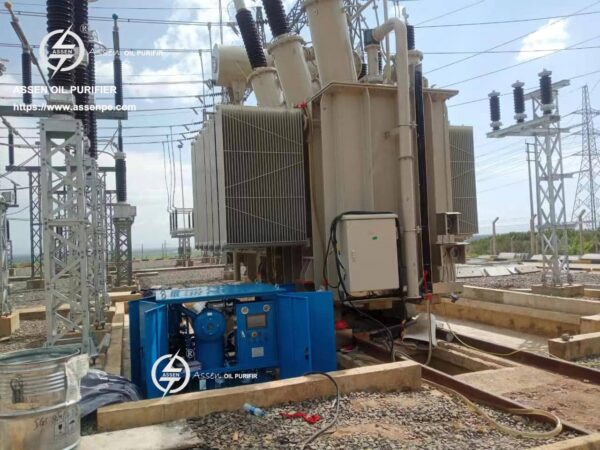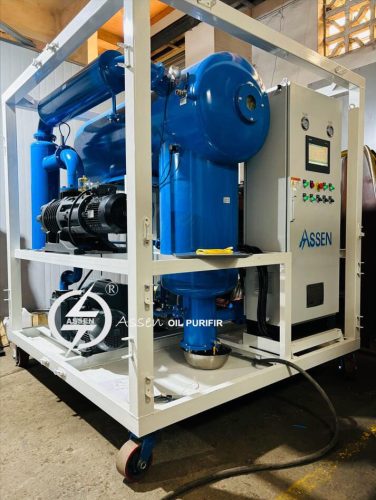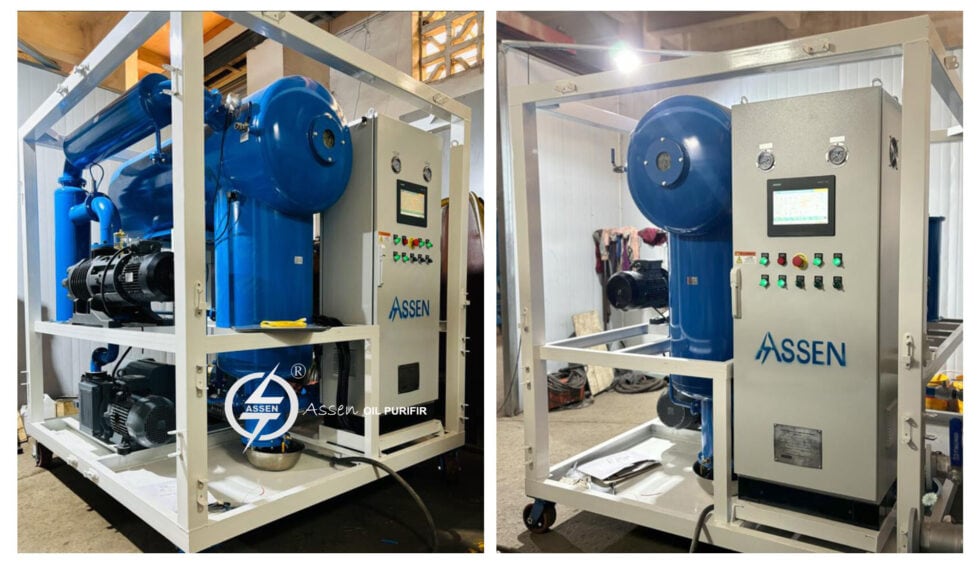When transformer oil filtration is required?
Transformer oil filtration is necessary to ensure transformer performance and dependability. Transformer oil, commonly known as insulating oil, is essential for electrical transformers since it provides both insulation and cooling. This oil’s qualities may decline when it becomes contaminated over time owing to a variety of circumstances. Oil Filtration Process becomes necessary under the following circumstances:
Filtration of Transformer Oil for a 33 kV, 5 MVA Power Transformer

Routine Maintenance Schedule:
As part of routine maintenance, a schedule is established for inspecting and maintaining the power transformer. Regular oil analysis and testing are performed to monitor the condition of the transformer oil.
Oil Sample Analysis:
An oil sample is collected from the transformer and sent to a laboratory for analysis. The laboratory results reveal the presence of moisture, dissolved gases, and particulate matter in the transformer oil.
Contamination Levels:
The analysis indicates that the moisture content in the transformer oil has exceeded acceptable levels. High moisture content can compromise the dielectric strength of the oil, leading to a potential decrease in insulation performance.
Filtration Recommendation:
Based on the analysis results, our team will recommend a suitable model of transformer oil filtration to remove the excess moisture and other contaminants. This is done to prevent further degradation of the oil and to ensure the transformer operates at optimal efficiency.

Filtration Process:
A mobile transformer oil filtration unit is brought to the site. The unit includes high-efficiency filtration equipment designed to remove moisture, gases, and particulate matter from the transformer oil.
On-Site Filtration:
The on-site filtration process involves connecting the filtration unit to the transformer’s oil circulation system. The contaminated oil is circulated through the filtration unit, where it passes through filters designed to capture and remove impurities.
Oil Quality Improvement:
As the oil passes through the filtration unit, moisture and other contaminants are effectively removed. The filtered oil is then returned to the transformer, resulting in improved oil quality and enhanced dielectric properties.
Post-Filtration Testing:
After the filtration process is complete, additional oil samples are collected and sent for analysis to verify the effectiveness of the filtration. Testing confirms that the moisture content and other contaminants have been reduced to acceptable levels.
Performance Verification:
The transformer is monitored for a period to ensure that its performance has been restored, and the insulation properties are within the specified limits. This helps validate the success of the oil filtration process.
By following this example, you can understand how transformer oil filtration is applied in a real-world scenario to address specific issues and maintain the reliability of a 5 MVA, 33 kV power transformer.
ASSEN is a professional oil purifier manufacturer, and we are devoted to resolving any of your oil filtration issues.
Email:[email protected] Whatsapp:+86-15223801122



